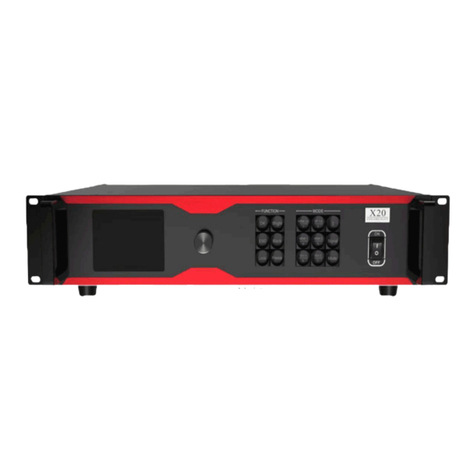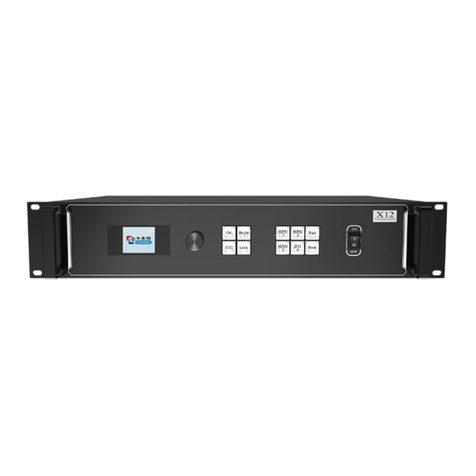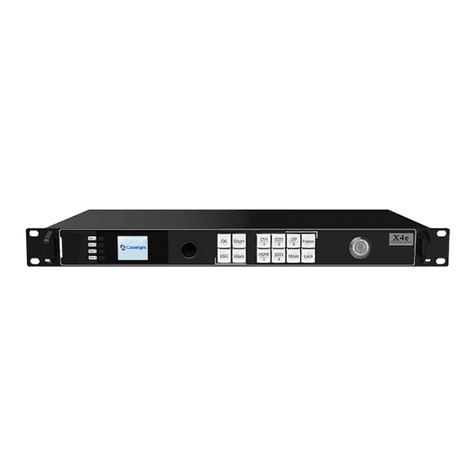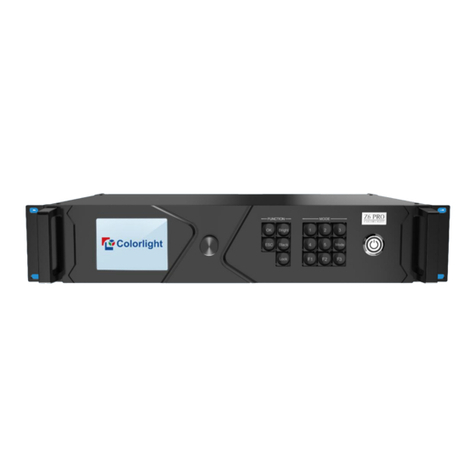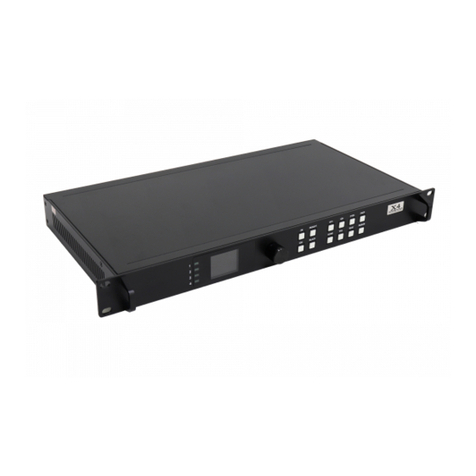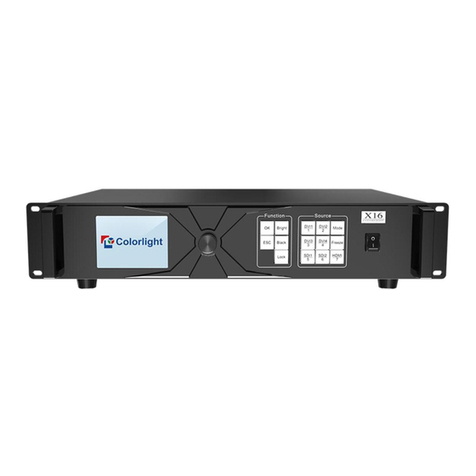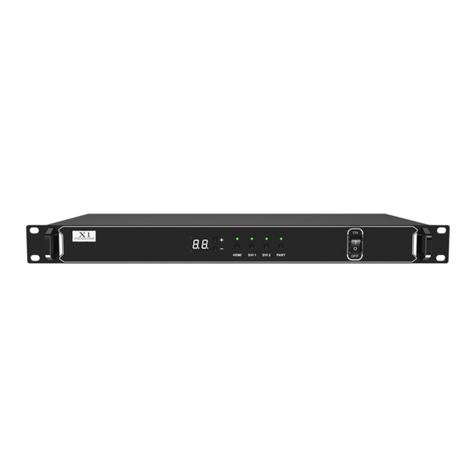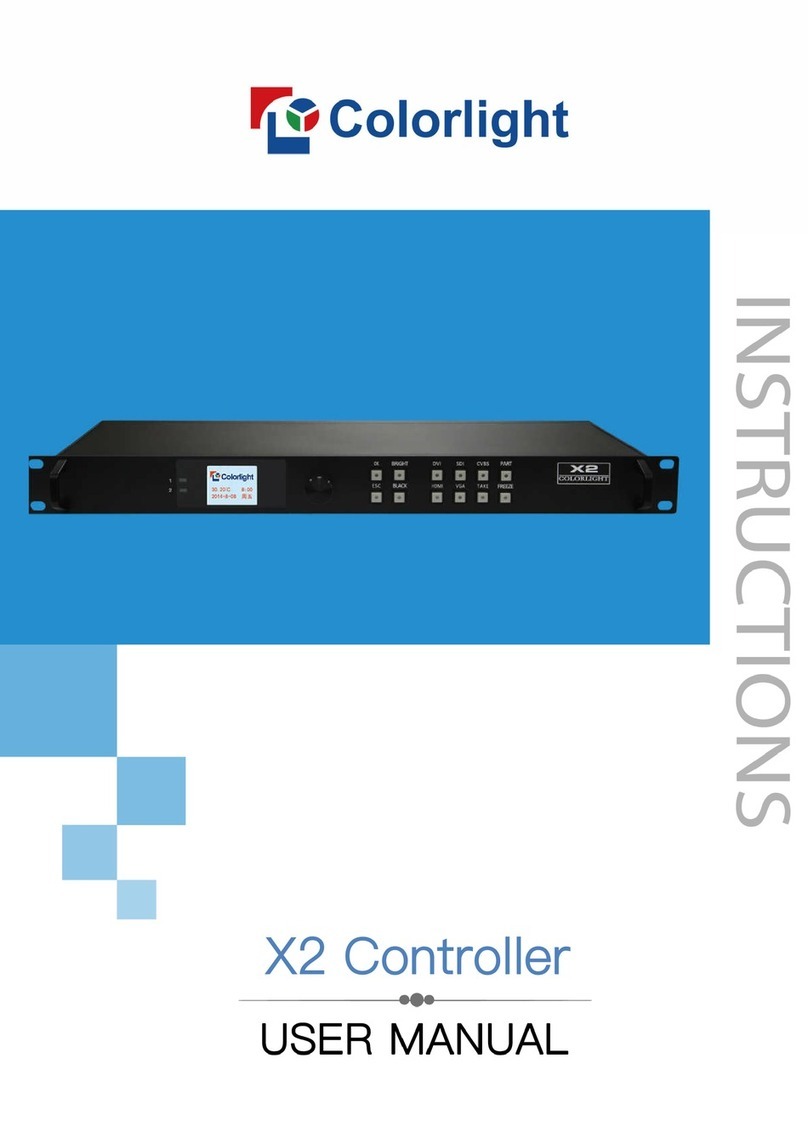
Content
1 Overview .......................................................................................................................................... 1
2 Appearance ..................................................................................................................................... 2
3 Signal Connection .......................................................................................................................... 3
4 LEDVISION Installation ................................................................................................................. 4
5 Parameter Configuration ............................................................................................................... 5
5.1 Detect Sender and Receiving Card .................................................................................. 5
5.2 LED Screen Setting ............................................................................................................. 6
5.2.1 Sending Device Setting ............................................................................................ 7
5.2.2 Screen Parameters Setting .................................................................................... 14
5.2.3 Connection Parameters Setting ............................................................................ 14
6 LCD Operation Instruction .......................................................................................................... 18
6.1 Operational Motion Instruction ......................................................................................... 18
6.2 Main Interface ..................................................................................................................... 18
6.3 Operation Instruction ......................................................................................................... 18
6.3.1 Display Setting ......................................................................................................... 19
6.3.2 EDID Setting............................................................................................................. 20
6.3.3 Cropping Setting ...................................................................................................... 20
6.3.4 Output Setting .......................................................................................................... 21
6.3.5 Fiber Setting ............................................................................................................. 21
6.3.6 Preset Setting........................................................................................................... 22
6.3.7 Picture Adjust ........................................................................................................... 22
6.3.8 Output Shift............................................................................................................... 23
6.3.9 Tile Mapping ............................................................................................................. 23
6.3.10 Others ..................................................................................................................... 23
